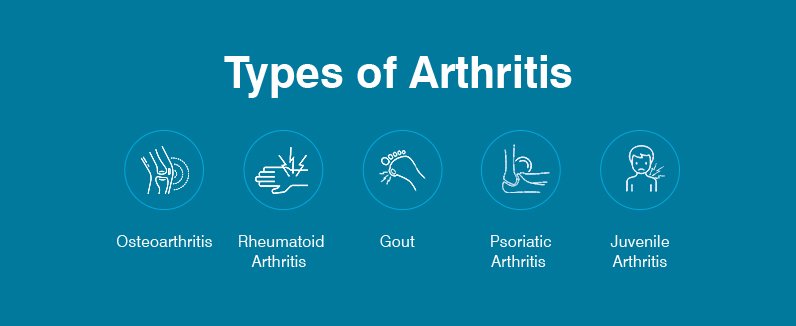Osteoarthritis is a degenerative joint disease characterized by the breakdown of cartilage in the joints, leading to pain, stiffness, and decreased mobility. It is the most common form of arthritis and typically affects the hands, knees, hips, and spine. Osteoarthritis is more prevalent in older adults, but it can also develop in younger individuals due to factors such as genetics, obesity, joint injuries, and overuse. While there is no cure for osteoarthritis, treatment options such as medication, physical therapy, and lifestyle modifications can help manage symptoms and improve quality of life.
The most common symptoms of osteoarthritis include pain, stiffness, swelling, and decreased range of motion in the affected joints. The pain is typically worse with activity and improves with rest. In advanced cases, osteoarthritis can lead to joint deformities and difficulty performing daily activities.
Diet plan – While there is no specific diet plan that can cure osteoarthritis, maintaining a healthy weight and eating a balanced diet can help manage symptoms and improve overall joint health. A diet rich in fruits, vegetables, whole grains, lean proteins, and healthy fats can provide essential nutrients that support joint function and reduce inflammation. Additionally, incorporating foods high in omega-3 fatty acids, such as salmon, walnuts, and flaxseeds, may help decrease inflammation and alleviate pain associated with osteoarthritis.
Exercise is an important component in managing osteoarthritis, a common degenerative joint disease that affects millions of people worldwide. Regular physical activity can help improve joint flexibility, reduce pain and stiffness, and increase muscle strength to support the affected joints. Low-impact exercises such as walking, swimming, and cycling are often recommended for individuals with osteoarthritis as they are gentle on the joints while still providing effective cardiovascular and strength training benefits. It is important to consult with a healthcare provider or physical therapist to develop a personalized exercise plan that takes into account individual needs and limitations. By incorporating regular exercise into a daily routine, individuals with osteoarthritis can improve their overall quality of life and better manage their symptoms.
Individuals with osteoarthritis need to work closely with healthcare professionals to develop a personalized treatment plan that addresses their specific needs and goals.
